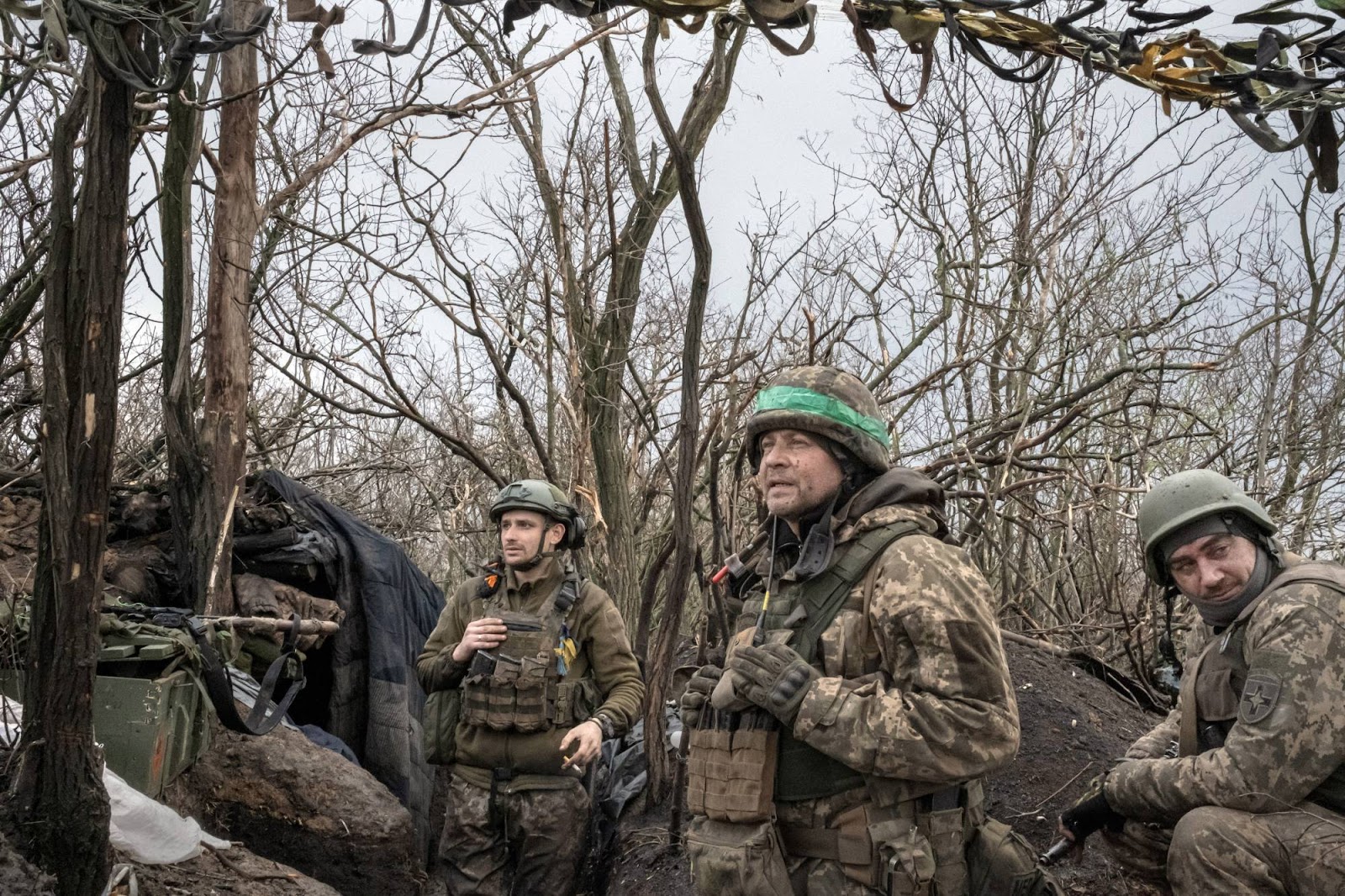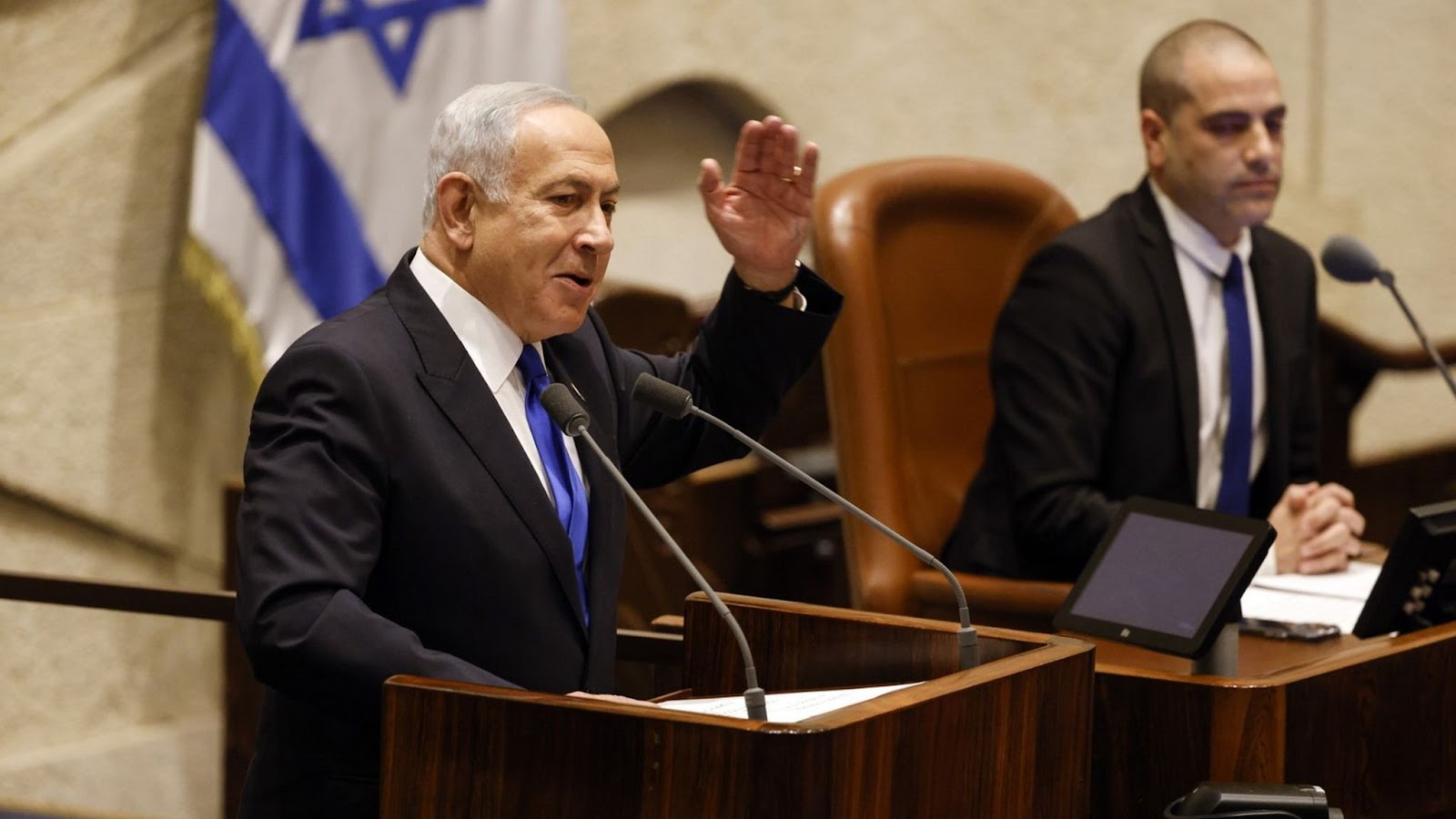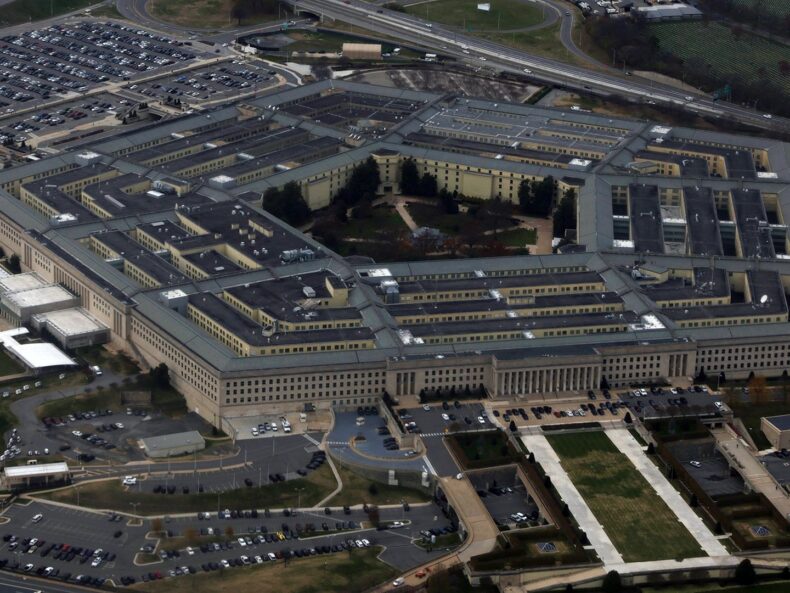The impact of the previously leaked documents grew last Friday as new documents surfaced online. The Pentagon, since then, has been trying to locate the source of the leaked documents.
U.S. intelligence agencies are becoming increasingly concerned about the classified Pentagon documents circulating on social media since numerous allies have been compelled to deny the alleged breaches.

Pentagon and U.S. officials are now trying to identify the source of the leaked documents. Highly classified documents revealed information ranging from Ukraine’s air defences to Israel’s Mossad spy agency. Some security experts and U.S. officials have said they suspect it could be someone from the United States.
The documents suggested some extent of U.S. surveillance on important allies like South Korea, Israel, and Ukraine, which according to U.S. authorities, are legitimate.
Military and intelligence secrets leaked
The initial batch of leaked Pentagon documents included graphs and information on expected weapon supplies, battalion strengths, and battlefield casualties. One paper suggested a small group of less than 100 special operations forces from NATO allies France, America, Britain, and Latvia were said to be operating in Ukraine, which France has denied.
Bellingcat’s research indicated these documents circulated on gaming image boards several weeks prior.

Over 100 additional Pentagon documents were shared on Twitter on Friday. They contain sensitive material on various subjects, including Russia’s aggressive campaign against Kyiv, Israel’s potential means of supplying lethal assistance to Ukraine, and South Korea’s concerns over providing ammunition to the U.S. for use in Ukraine.
U.S. officials stated that there could be a possibility these leaked documents were altered to deceive investigators about their provenance or spread false information that may jeopardise U.S. security interests.
Finding the source of the leak
According to officials, the scope of subjects covered in the documents—which include the conflict in Ukraine, China, the Middle East, and Africa—indicates that an American rather than an ally may have leaked them.

As many of the records were only in American hands, Michael Mulroy, a former senior Pentagon official, told Reuters in a recent interview that “the focus is now on this incident being a U.S. leak.”
The leak is considered one of the most severe security breaches since over 700,000 documents appeared on the WikiLeaks website in 2013. However, U.S. officials said the investigation is still underway. They also said the investigating authorities have not yet ruled out the possibility of pro-Russian elements being responsible for the leaked documents.
Chaotic “secret” and “top-secret” documents
One of the documents, dated February 23 and marked “Secret,” suggested how Ukraine’s S-300 air defence systems would be exhausted by May 2 if consumption continues at the current rate.
For instance, one slide claims that 16,000–17,500 Russians had been killed in action, despite U.S. defence officials publicly saying Russia has sustained more than 200,000 casualties.

Another document, from a March 1 CIA Intel update marked “Top Secret,” claims that the Israeli Mossad intelligence service favoured demonstrations against Prime Minister Benjamin Netanyahu’s proposals to tighten oversight of the Supreme Court. The report claimed that the United States had spied on one of its most crucial Middle Eastern allies.
The leaked documents also contained private discussions between South Korean officials about how the U.S. has pressurised Seoul to assist in providing weapons to Ukraine and Seoul’s stance of not doing so.
Meanwhile, South Korean government officials claimed they were aware of a separate document that had been published that revealed U.S. intelligence had spied on its partners in Seoul. The South Korean officials said they have planned to have necessary talks with the concerned U.S. officials over the issues raised by the recently leaked documents.













